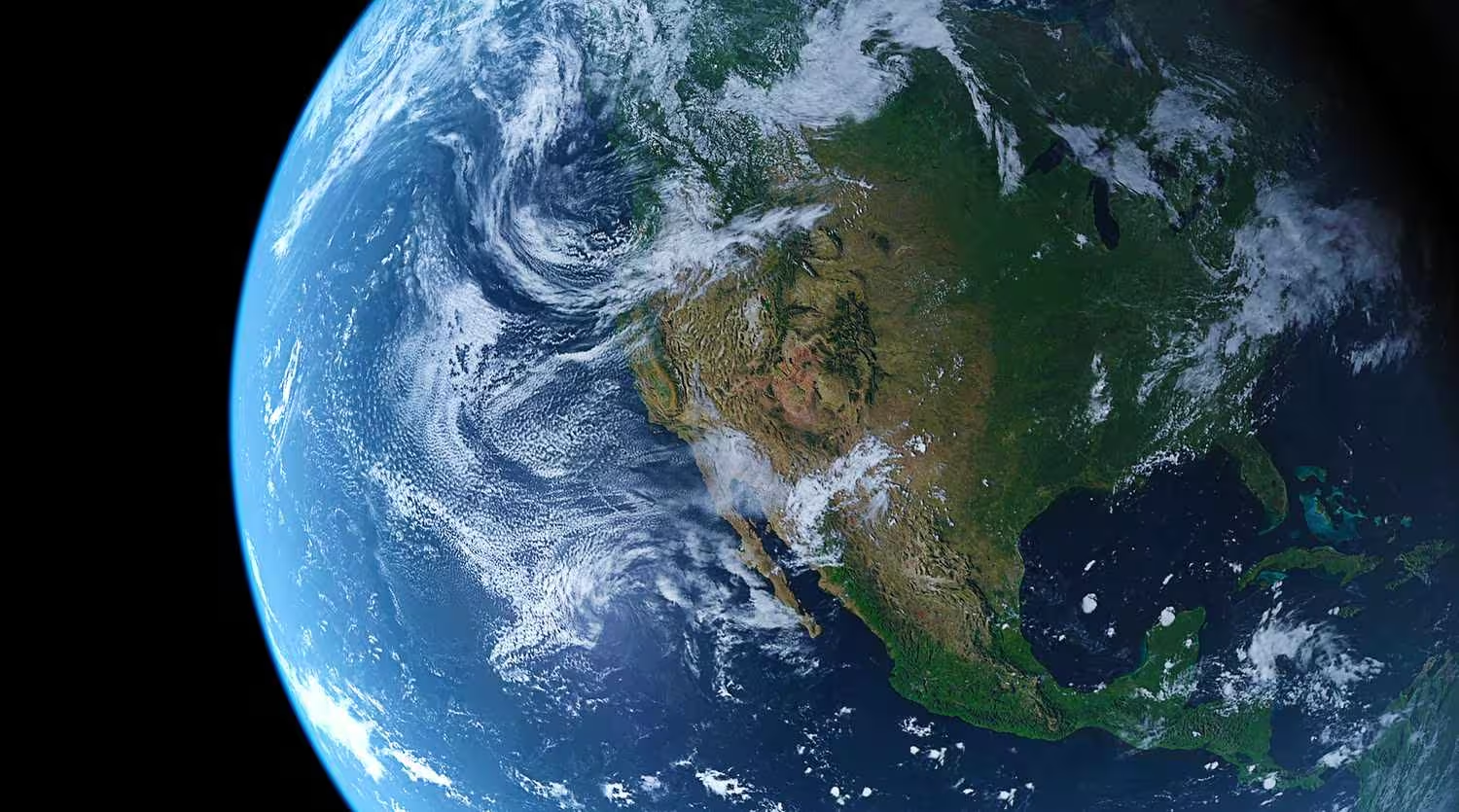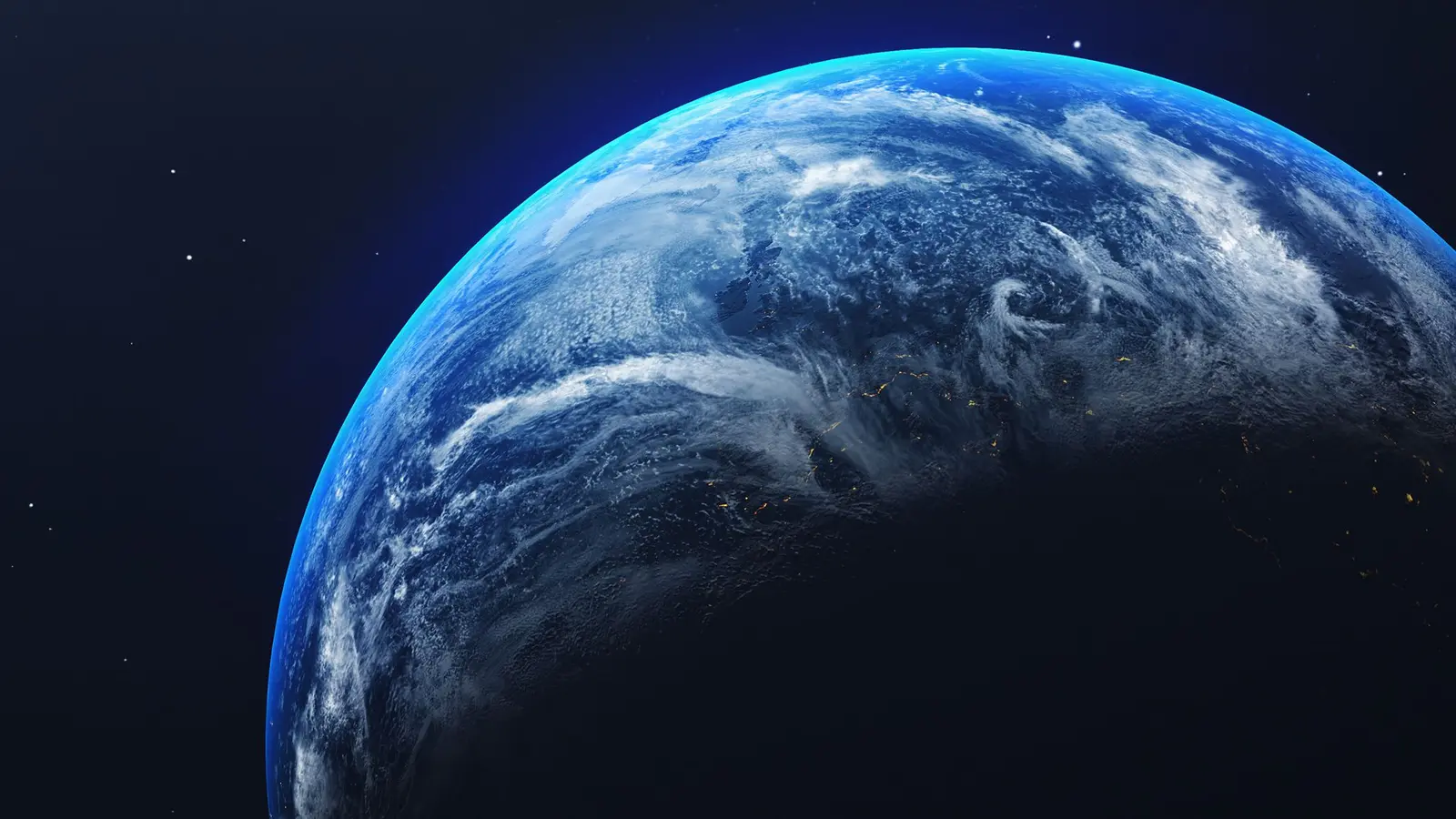6 Minutes
New study overturns assumptions about ocean worlds
A major new analysis led by ETH Zurich finds that many exoplanets previously proposed as ocean worlds almost certainly contain far less surface water than earlier theories predicted. The research, a collaboration with the Max Planck Institute for Astronomy and UCLA, models chemical exchanges between thick hydrogen atmospheres and molten planetary interiors — and shows that most water is chemically removed from the surface and sequestered into the planet’s interior.
The study focuses on the common class of planets called sub-Neptunes: bodies larger than Earth but smaller than Neptune that do not exist in our Solar System but are frequently detected around other stars. The result challenges earlier ideas that such planets could host vast global oceans beneath hydrogen-rich atmospheres — a hypothesis that generated speculation about “Hycean” worlds that might support life.
Scientific background: sub-Neptunes, Hycean worlds, and the snow line
Sub-Neptunes are among the most abundant planet types discovered by transit surveys. They likely form at a wide range of orbital distances; many models suggest formation beyond the system’s snow line (the distance from a star where water vapor condenses into ice), followed by inward migration. Because these planets can acquire significant hydrogen envelopes and accrete ices during formation, earlier work proposed that some could retain thick surface oceans — or permanent high-pressure water layers — under a hydrogen blanket. These hypothetical ocean-bearing, hydrogen-rich planets were dubbed "Hycean" planets.
The ETH-led team re-examined that scenario by explicitly including the chemical coupling between a planet’s atmosphere and its molten interior. In the early life of many sub-Neptunes, intense heat can create a global magma ocean at the surface. If a substantial hydrogen envelope sits above that magma, the atmosphere and magma interact chemically for millions of years. The new models quantify how those interactions alter the planet’s bulk water budget and observable atmospheric composition.

Methods: coupled evolution and chemical equilibrium modeling
The authors combined an established planetary-evolution framework with a new chemical-equilibrium model that tracks reactions between atmospheric gases and magma constituents. They solved for equilibrium across 26 chemical components, running simulations for 248 representative model planets spanning likely masses, compositions, and atmospheric properties.
The simulations show a robust outcome: hydrogen from the atmosphere reacts with oxygen released from silicate melt, forming chemical species that bind hydrogen and oxygen into metal-bearing compounds. These compounds preferentially migrate into the deeper interior and core, effectively removing free H2O from the surface layers. Even if a planet initially accreted large amounts of water ice, most of that water becomes locked in the interior by these chemical processes rather than remaining as surface oceans or thick H2O layers.
Key results: limited surface water and unlikely Hycean worlds
Across the modeled parameter space, the fraction of a planet’s mass present as surface H2O is small — typically limited to a few percent at most, according to the authors. The calculations rule out previously suggested scenarios in which distant sub-Neptunes retain huge water inventories (10–90% of planetary mass) as stable surface oceans beneath hydrogen envelopes. That means true Hycean planets, as previously envisioned, are far less probable.
An unexpected finding is that planets which end up with relatively water-rich atmospheres are not necessarily those that formed beyond the snow line and accreted abundant ice. Instead, some planets formed inside the snow line can chemically generate atmospheric water: hydrogen from the atmosphere reacts with oxygen in the silicate magma to produce H2O molecules. In other words, the magma–atmosphere equilibrium — not just the ice content at formation — is often the dominant factor shaping atmospheric water.
"Our models show chemical exchange between magma and atmosphere is a key driver of a planet’s water inventory," says Aaron Werlen, lead author on the paper. Caroline Dorn of ETH Zurich, who led the project, adds that "water on many exoplanets will be much more constrained than earlier estimates suggested, and much of it ends up hidden in the interior."
Implications for astrobiology and observations
These results narrow the range of exoplanets likely to host abundant surface liquid water, complicating the search for life outside the Solar System. Habitable conditions with persistent surface liquid water now appear more probable on smaller, rocky planets with thinner atmospheres — targets that are observationally more challenging than the large, hydrogen-rich sub-Neptunes often prioritized for atmospheric study.
The findings also change how astronomers should interpret spectral signatures measured by current observatories such as JWST (James Webb Space Telescope). Observed water vapor in an atmosphere no longer straightforwardly indicates large surface oceans; it may result from magma–atmosphere chemistry or limited surface reservoirs. Detecting true ocean worlds will likely require higher-precision spectroscopy and next-generation telescopes beyond JWST.
Expert Insight
Dr. Maya Alvarez, an astrobiologist and planetary scientist (NASA/Ames, speaking in a personal capacity), comments: "This study forces us to rethink which planets are our best bets for surface habitability. Rather than assuming that large planets with thick envelopes are watery havens, we need to focus on the coupling between atmosphere and interior chemistry. For observers, that means choosing targets and spectral diagnostics that can disentangle interior sequestration from atmospheric water production."
Future prospects and observational strategies
The new chemical–evolution framework opens several follow-up paths. Observers should prioritize multi-wavelength spectroscopy that can detect both water vapor and metallic species that signal deep atmospheric–magma interaction. Theoretical work should refine reaction networks under a wider set of pressures, temperatures, and redox states. Finally, exoplanet surveys aiming to identify habitable worlds must consider that Earth-like surface water fractions may be more typical than the extreme, water-rich Hycean models once suggested.
Conclusion
By explicitly coupling magma chemistry with atmospheric evolution, the ETH Zurich-led study significantly revises expectations for water on sub-Neptune exoplanets. Large hydrogen-rich planets are less likely to host vast surface oceans; instead, much of their water is chemically transformed and sequestered into the interior. The upshot: search strategies for life should continue to emphasize smaller rocky planets and use refined spectroscopic diagnostics to distinguish between atmospheric water and true surface oceans.
Source: scitechdaily


Leave a Comment